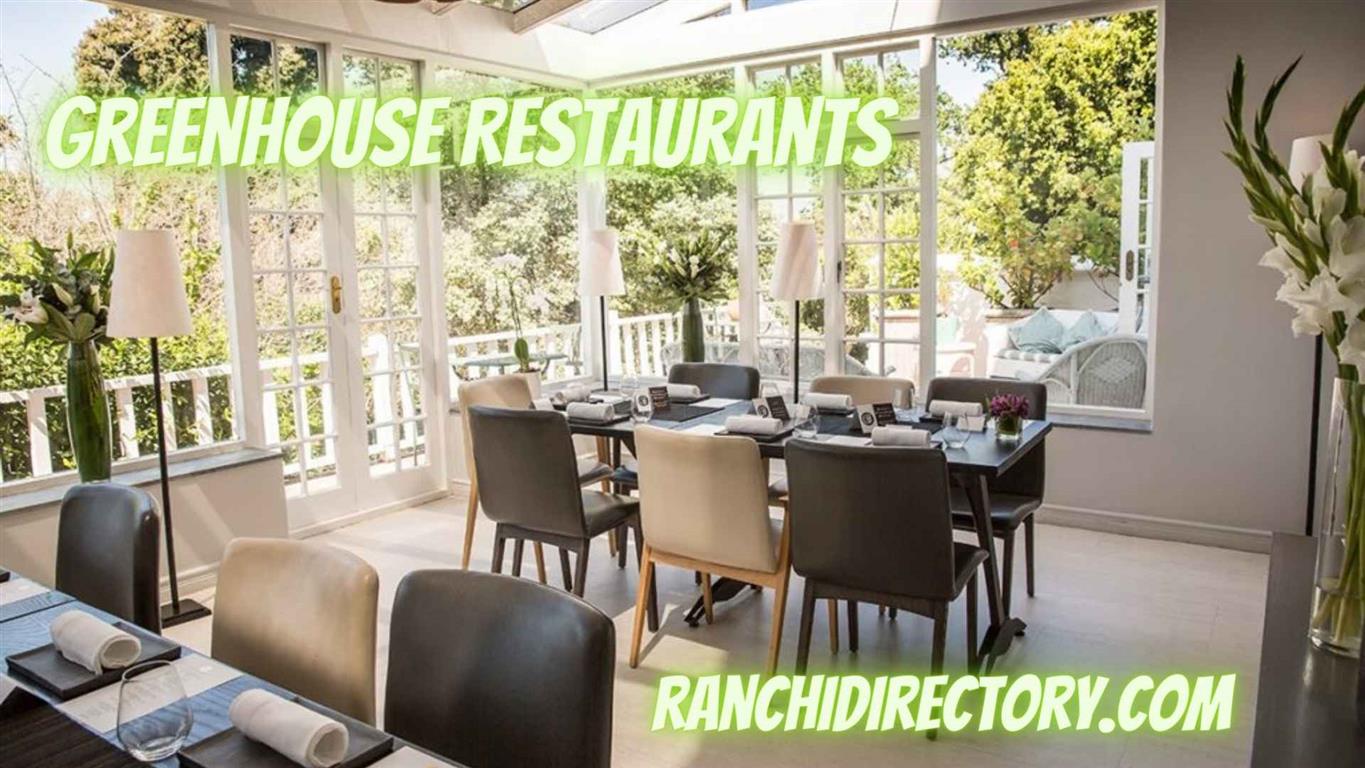
Greenhouse Restaurants: The Pinnacle of Sustainable Dining
Introduction
The concept of “greenhouse” in the restaurants industry goes beyond just the literal use of a greenhouse for growing plants. It represents a revolutionary approach to dining that emphasizes sustainability, eco-friendliness, and a genuine connection to the earth. In recent years, several restaurants worldwide have embraced this concept, offering not only delicious cuisines but also a dining experience that treads lightly on the planet. Here’s an exploration of the greenhouse restaurants phenomenon.
The greenhouse Philosophy
this restaurants are built on the philosophy of sustainability. From sourcing local ingredients, minimizing waste, using renewable energy, to even constructing eco-friendly infrastructures, every aspect of these restaurants is thoughtfully to reduce environmental impact.
Features of Greenhouse Restaurants
- Eco-friendly Architecture: These establishments often use sustainable building materials, incorporate natural light to reduce energy consumption, and have green roofs for insulation and rainwater harvesting systems.
- On-site Gardens: Many greenhouse restaurants boast their gardens, ensuring the freshest organic ingredients while reducing transportation emissions.
- Menu: Seasonal and local ingredients dominate the menu, with a focus on plant-based offerings. The dishes often reflect traditional recipes but with a modern, eco-conscious twist.
- Community Engagement: greenhouse restaurants usually engage with local communities, from sourcing ingredients to providing education about sustainable practices.
Spotlight on Some Iconic greenhouse Restaurants
- The Greenhouse, London: An aptly named Michelin-starred restaurant, it not only offers exquisite French cuisines but is also surrounded by a serene garden, providing an oasis in the heart of the city.
- Greenhouse at Babylonstoren, South Africa: Set amidst a historic Cape Dutch farm, diners can enjoy meals inside a state-of-the-art greenhouse, surrounded by verdant gardens.
- L’Arpège, Paris: While not strictly a greenhouse restaurants in name, Chef Alain Passard’s emphasis on vegetables, with many sourced from his gardens, makes it a beacon of sustainable fine dining.
- Culinary Vegetable Institute, Ohio: More than just a restaurants, it’s an experience where chefs showcase the potential of vegetables, grown on-site, in their most authentic form.
- Noma, Copenhagen: Renowned as one of the world’s best restaurants, Noma’s dedication to local, foraged, and sustainable ingredients resonates with the greenhouse ethos.
Challenges and the Way Forward
While the greenhouse concept is admirable, it’s not without challenges. Sustainable practices can be more expensive and require greater effort. However, the increasing awareness about environmental issues and the demand for genuine, eco-conscious experiences among diners is driving more restaurants to adopt this model.
Conclusion
greenhouse restaurants are at the forefront of the culinary world’s sustainable revolution. They offer a harmonious blend of taste, health, and environmental consciousness. By supporting these establishments, diners are not just treating their taste buds but are also contributing to a greener future. In a world grappling with environmental challenges, the greenhouse initiative in the restaurants industry offers a beacon of hope, proving that sustainability and luxury can indeed go hand-in-hand.


